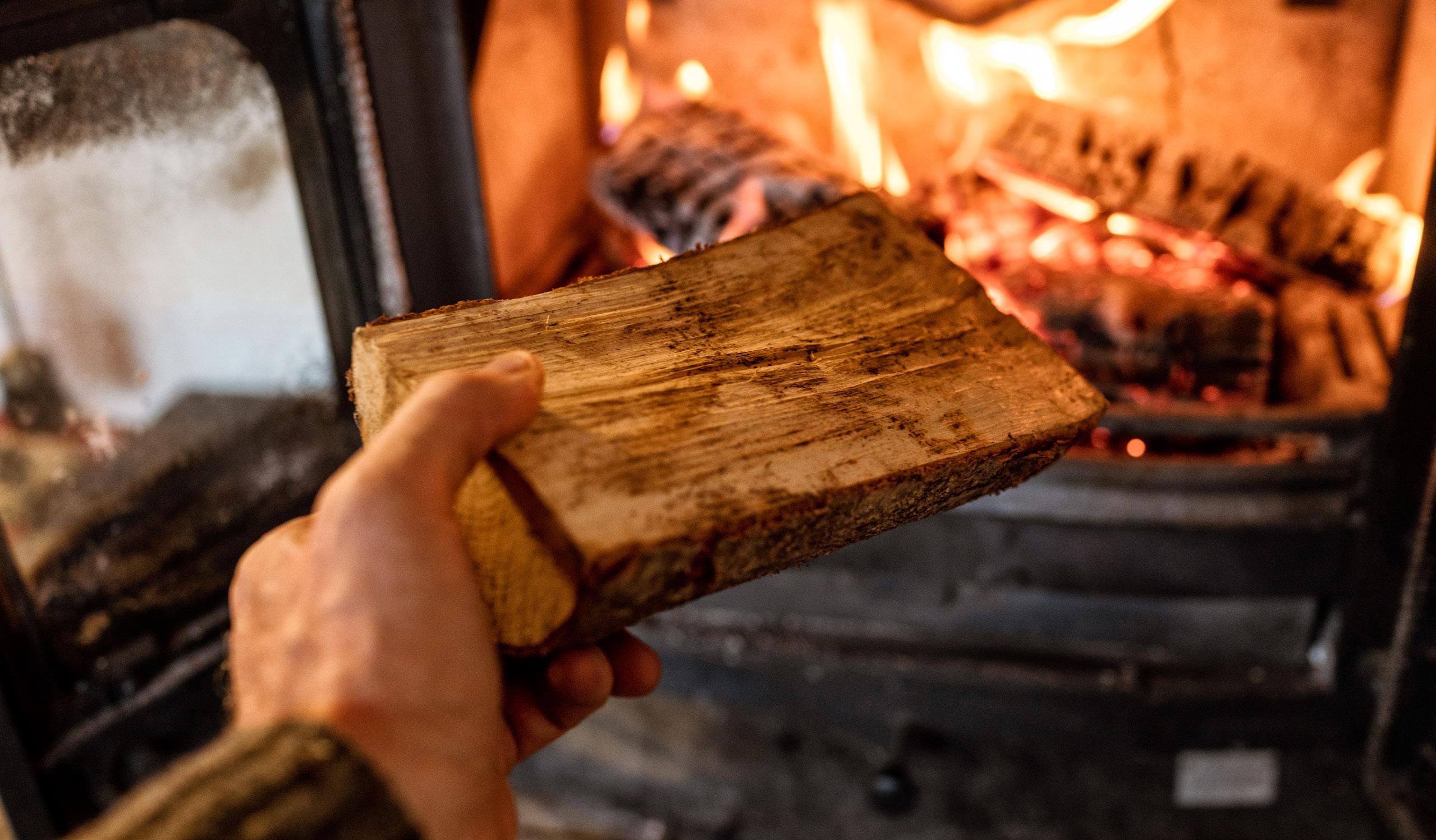
3 minute read
Winter Fire Safety
Winter household fire safety
Fireplace and Woodstove Safety
Advertisement
Fireplaces and wood burning stoves can provide economical heat and a relaxed atmosphere on cold days. However, when not properly maintained, they can be a source of danger and can result in a chimney fire.
• Before starting a fire, ensure the draft is open wide to allow proper ventilation.
• Only use dry, well-seasoned wood. Never burn garbage,
Christmas trees, piles of paper or building scraps.
• Always use a fireplace screen or glass doors. Never keep your wood burning stove door open unless you have a screen or glass door as a back-up.
• Keep the area around the hearth clear of debris, decorations and flammable materials.
• Check your flue regularly for any obstructions such as squirrel or bird nests, debris, etc.
• Keep your fireplace and chimney in good condition.
Check for cracks and loose mortar or bricks and have any problems fixed before using your fireplace or stove. • Chimneys should be inspected and cleaned annually by a certified chimney specialist.
• Never overload your fireplace or woodstove.
• Never leave a fire unattended and extinguish fires fully before going to bed.
• All wood burning units should have an approved listing and shall be installed as per manufacturer’s instructions.
Also, consider installing a spark arrester on top of any chimney that vents a solid-fuel stove or fireplace.
• Ensure that working smoke alarms are installed on every level of the home and in each sleeping room and have a family fire escape plan. There should also be a carbon monoxide detector installed on every level of the home and outside sleeping areas.

Portable Generator Safety
Downed utility lines, power company blackouts and winter storms can all lead to power outages. Many people turn to a portable generator for a temporary solution without knowing the risks.
• Generators should be used in well ventilated, outdoor locations. Never use a generator indoors or in enclosed spaces such as garages, sheds, crawl spaces and basements. Open windows and doors may not prevent carbon monoxide from building up when a generator is located in an enclosed space.
• Place generators so that exhaust fumes can’t enter the home through openings such as windows and doors.
• Turn off generators and let them cool down before refueling. Never refuel a generator while it is hot. • Store fuel for the generator in a properly labeled container. Store the container away from living areas, the generator and other heat sources.
• Make sure to install carbon monoxide (CO) alarms in your home. Follow manufacturer’s instructions for correct placement and mounting height.
Frozen pipes

During extremely cold weather, the water inside your pipes can freeze. Frozen water pipes can pose a dangerous situation and can be costly. The safest solution is to avail of a qualified plumber. The following safety tips can help you thaw your own pipes:
• Shut off water immediately. Don’t attempt to thaw frozen pipes unless the water is shut off.
• Apply heat to the frozen pipe by warming the air around it or directly to the pipe.
• NEVER use an open flame such as blow torch. This will create a fire hazard as well as severe risk of exposure to carbon monoxide. • Use a certified electric heat tape on the pipe and wait for the water to thaw.
• Use an electric hair dryer to blow warm air directly on the suspected frozen area.
• Apply heat until water pressure is restored. If you are unable to locate the frozen area, it is not accessible, or if you cannot thaw the pipe, call a licensed plumber.

